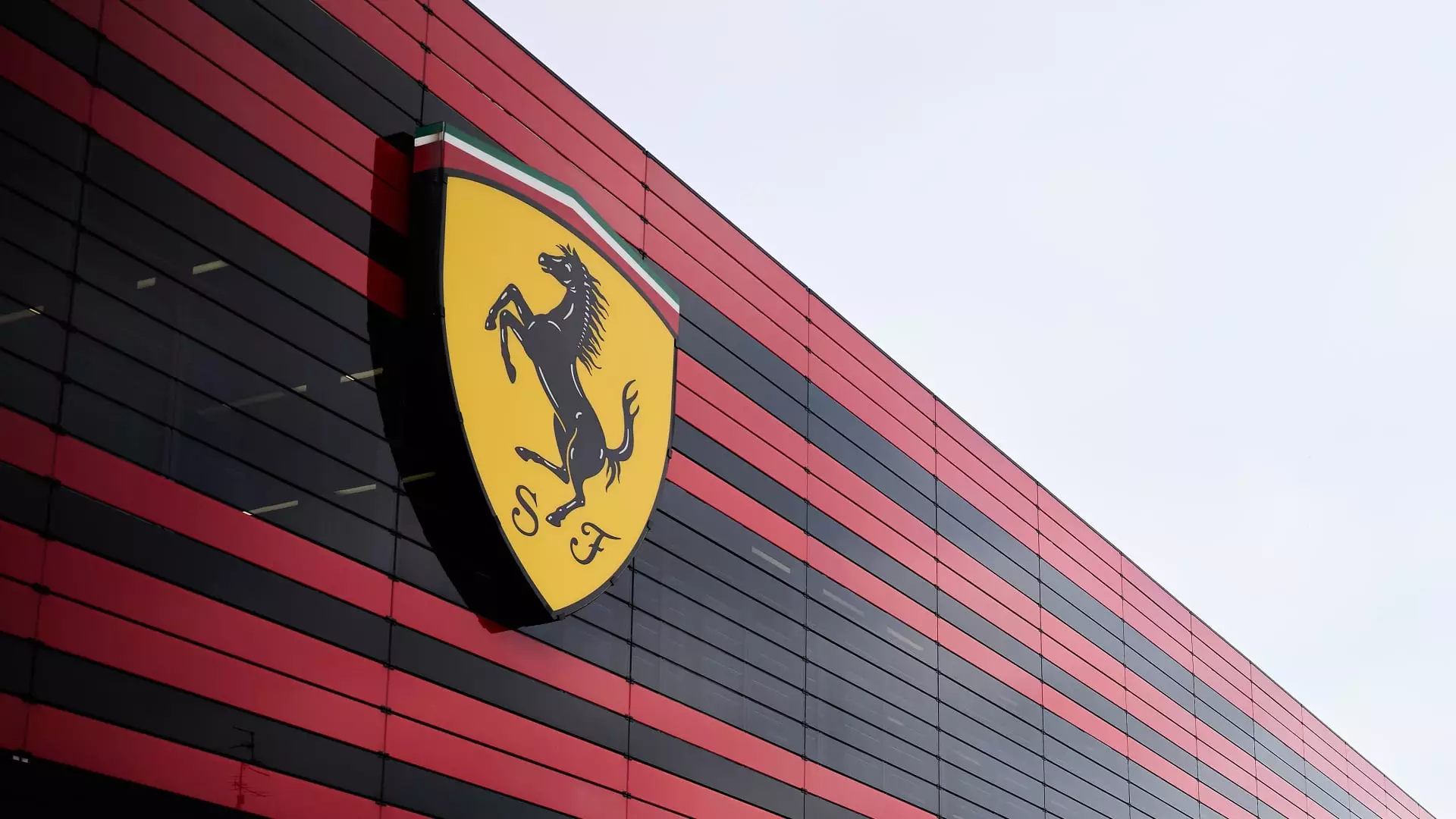Mark your calendars because April 1, 2022, is set to mark a seismic shift in the luxury automobile market. Ferrari has announced a bold move to increase prices on its popular models by a staggering 10%, a direct response to President Donald Trump’s recently imposed 25% tariffs on foreign vehicles. This decision underscores a larger trend in global economics that bigger entities often pass fees onto consumers while playing the blame game—self-protective and cowardly for many industries, but particularly eye-opening in the realm of luxury cars. While the wealthy clientele of Ferrari might seemingly have no issue absorbing these costs, what this trend represents is significant: a gradual normalization of unfair pricing mechanisms in the luxury segment.
Impact on Affordability: A Ferrari for the Few
Let’s consider the numbers. With the price hike, the already exclusive Ferrari Purosangue, which starts at around $430,000, will now run buyers an additional $43,000. For the limited edition F80, starting at an eye-watering $3.5 million, the increase pushes the price up by over $350,000. These figures aren’t merely financial adjustments; they serve to reinforce a socioeconomic disparity. When iconic brands like Ferrari increase costs, it’s like extending an invitation to those who can keep up while subtly pushing away the aspirational buyers. Ferrari’s decision, hidden behind the veil of responding to tariffs, does little to hide the underlying mission: to further entrench its brand within an elite aristocracy of car enthusiasts.
The Waiting Lists: Demand vs. Reality
Ferrari’s waiting list for its models already exceeded a year, illuminating an environment where exclusivity crosses into absurdity. The company’s CEO, Benedetto Vigna, indicates that while his clientele is rich, it remains crucial to show sensitivity to market changes. This statement, dripping with the language of understanding, can’t gloss over the fact that the luxury automotive market is manipulating what it means to own a rare gem. Waiting lists might bolster desirability, but they also sketch the lines of who gets to participate in this automotive dream. As the wealthy become seemingly indifferent to price adjustments, can we exhale a sigh of resignation for those who will never own one of these masterpieces?
Future of Electric: The Duality of Progress
Amidst these rising costs, Ferrari is on the precipice of releasing its first all-electric model in October. While this move is commendable in the quest for a greener future, it raises further questions: will the all-electric Ferrari come with similarly inflated prices? Is the future of eco-conscious luxury destined to be just as opulent and unattainable, reinforcing the same socio-economic barriers? The answer may depend on how the company balances profit with sustainability, a challenge that may force it to navigate the waters of modern capitalism with caution.
Investor Sentiment: A Mixed Bag
Interestingly, while shares of Ferrari saw a slight uptick, the major U.S. automakers faced a decline. This divergence speaks volumes about market perceptions. While Ferrari may justify its price hike with claims of exclusivity and tradition, the question looms larger: how long can such a model rely on affluent buyers’ willingness to overlook soaring costs before it alienates even its most loyal patrons? Investors face a precarious balance between optimism in a brand’s heritage and skepticism regarding its strategy amid prevailing economic pressures.

